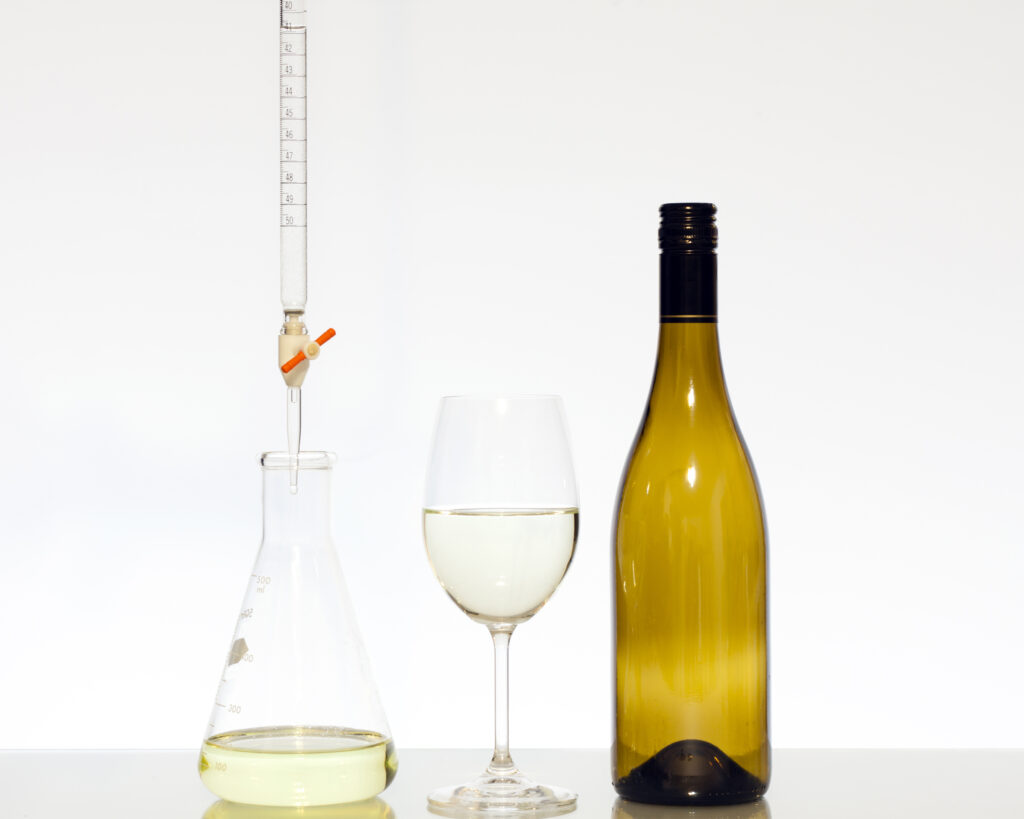
Why Join or Gift a Wine Club in 2025: Your Ultimate Guide
Why Join or Gift a Wine Club in 2025: Your Ultimate Guide Table of Contents The Evolving Landscape of Wine

Wine acidity is a fundamental aspect that significantly affects the wine’s flavor, how well it goes with food, and how long it can age. The reason wines vary so widely in acidity comes down to the type of grapes, where they’re grown, and how they’re made into wine. With more wine knowledge, you’ll be able to appreciate the nuances of different and discover new favorites based on your taste preferences.
Yes, wine is typically acidic, a critical factor in its flavor profile and stability. The source of a wine’s acidity primarily comes from the grapes themselves. Grapes contain natural acids, such as tartaric and malic acids. Various types of wine have varying acidity levels, as different grape varieties have different acid profiles.
Fermentation and aging can influence these acids during the winemaking process. Winemakers might also adjust acidity to achieve desired flavor profiles or stability standards. The right level can make a wine feel fresh and lively, while too little can leave it tasting flat.
The pH scale tells you if a solution is acidic or basic and runs from 0 to 14. A pH of 7 means the solution is neutral. If it’s below 7, it’s acidic, and if it’s above 7, it’s basic. For example, lemon juice has a low pH of 2 to 3, meaning it’s very acidic, while milk is near neutral with a pH around 6.5. Wine typically ranges from a pH of 3 to 4, placing it on the acidic side. Understanding pH is crucial as it affects everything from wine preservation to its color.
In technical terms, pH levels are a measure of the total concentration of free hydrogen ions in a solution. The titration level looks at the total amount of hydrogen ions. Both of these are important to winemakers as pH impacts the stability of a wine, while titration affects the taste and tartness. And both must be taken into account — along with tannins and other factors — when creating good wine.
Several factors can influence the acidity of a wine, each affecting how winemakers approach the winemaking process:
The above traits allow winemakers to craft specific styles and flavors.
Red wine usually has a pH between 3.3 and 3.6, making it moderately acidic but less so than white wine. Pinot Noir and Sangiovese grapes produce red wines with higher acidity, resulting in a sharper, tart taste influenced by their climate and genetic traits. Wines like Merlot and Shiraz are typically less acidic, contributing to their smoother and mellow taste.
Factors like grape type, soil pH, climate, and winemaking methods shape the acidity in red wines. Cooler climate regions tend to produce more acidic red wines due to slower grape maturation rates.
White wines are usually more acidic than red wines, with a typical pH range from 3.0 to 3.4. This trait makes white wines effervescent, balances flavors, and adds vibrancy, enhancing their freshness.
Among white wines, Riesling and Sauvignon Blanc are usually the most acidic, providing bright, zesty flavors highly valued in white wine. In contrast, Chardonnay typically yields less acidic wines leading to a richer, buttery profile. The higher acidity in white wines is partly because white wines are often made without skins and at cooler temperatures, keeping more of the grape’s natural tartness
Here are examples of low-acid wines along with their typical pH:
While the pH levels will vary depending on the vintage, winemaking practices, and other factors, these wines have lower average acidity.
Here are examples of high-acid wines along with their typical pH:
Again, pH levels can vary within each type of wine, but these examples are known for their higher average acidity.
Below are some tips for assessing acidity when tasting wine:
As you continue to taste and discover different wines, you’ll better understand how acidity impacts the overall wine experience.
Acidity in wine goes beyond tartness. In sweet wines, it acts as a balancing agent, preventing an overly cloying taste and giving a sense of freshness to the wine. Higher acidity can also impact the wine’s aging potential. Understanding this factor helps us appreciate its role in shaping a wine’s flavor interaction and balance.
With food pairings, the goal is to find a wine that matches the acidity of your food. If they’re not well-matched, you might end up with wine that seems dull or food that’s too tangy.
Consider the following examples:
To truly appreciate how acidity impacts wine pairings, sampling various wines with different acidity levels is invaluable. Explore wine differences with wine clubs that deliver curated selections to your door, letting you discover and compare wines comfortably at home. A wine of the month club offers various global wines featuring different acidity levels. For premium selections, a premium wine club presents fine wines highlighting how acidity shapes a wine’s character.
When you try these selections, you taste and see how acidity plays its part and learn a lot about pairing food and wine. Over time, your tastes will become more sophisticated.

Why Join or Gift a Wine Club in 2025: Your Ultimate Guide Table of Contents The Evolving Landscape of Wine

Everything You Need to Know About Sweet White Wine Sweet white wine has a loyal following among both novice and

Rosé wine has come a long way from its humble origins to become one of the most beloved wine categories
